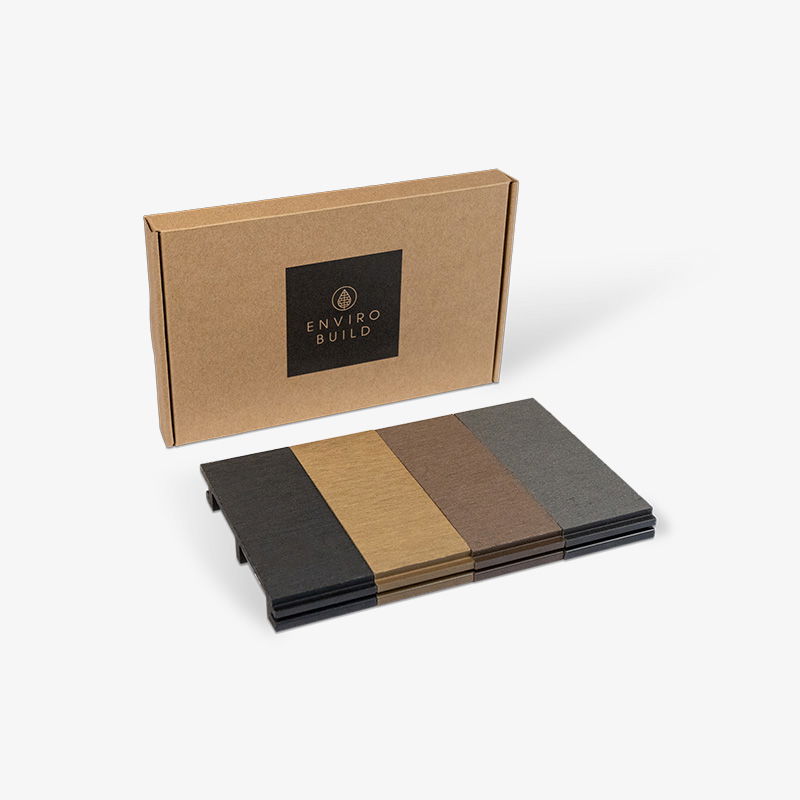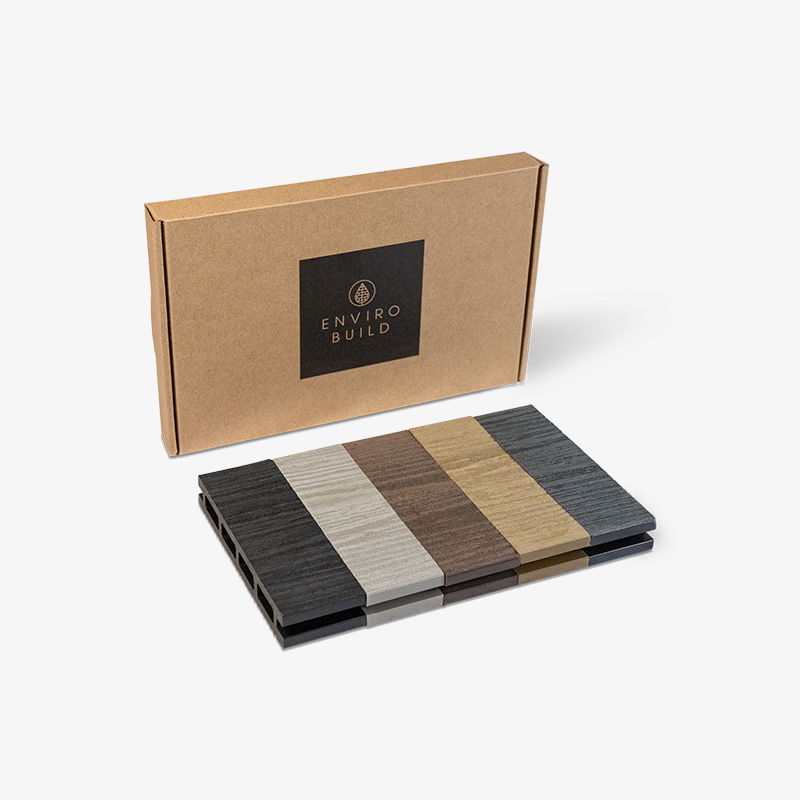Fibre Cement vs Mineral Composite Decking
When it comes to non-combustible decking systems for balconies, terraces, and roof spaces, fibre cement decking and mineral composite decking are both designed to deliver the look of traditional timber while meeting stringent UK fire safety standards, but they differ in composition, performance and installation.

Author Name
Chief Writer
Thu, 28 Jul 2026

This guide explores the best time of the year to install composite decking in the UK, the benefits of seasonal timing and practical tips for every season.
What Is Fibre Cement Decking?
Fibre cement decking is manufactured from a precise blend of cement, sand, cellulose fibres and additives that are compressed and cured under high pressure and temperature.
The result is a dense, rigid, non-combustible board that offers exceptional fire resistance (typically Euroclass A1 or A2-s1,d0) and excellent dimensional stability.
Key characteristics:
100% non-combustible, meeting fire-safety requirements for high-rise and balcony use.
Highly resistant to rot, moisture and UV damage.
Offers a solid, stone-like feel underfoot.
Requires minimal maintenance and no sealing.
Fibre cement decking is ideal for balconies, roof terraces, and podium decks where fire performance and durability are critical.
What Is Mineral Composite Decking?
Mineral composite decking (also known as mineral-based composite or MBC decking) is an engineered hybrid material that combines inorganic mineral fillers (such as calcium silicate or magnesium oxide) with high-performance polymer resins.
This creates a lighter, slightly more flexible board than fibre cement, while still achieving excellent fire ratings, typically Euroclass A2-s1,d0.
Key characteristics:
Fire-resistant and suitable for non-combustible applications.
Dimensional stability with slight flexibility to accommodate structural tolerances.
Resistant to water, frost and UV exposure.
Fire Performance and Compliance
Both fibre cement and mineral composite decking systems are suitable for high-rise and balcony applications under current UK Building Regulations (Approved Document B).
Fibre cement decking achieves A1 non-combustibility, meaning it will not ignite, contribute to fire or release smoke.
Mineral composite decking typically achieves A2-s1,d0, offering near-identical safety performance with slightly different formulation.
Either material satisfies for external surfaces above 18 metres, making them compliant for both new builds and retrofit balcony replacements.
Durability and Weather Resistance
Both materials are virtually maintenance-free. Neither requires painting or sealing and both resist staining, fading, and organic growth. Simple cleaning with warm water and a mild detergent is sufficient to keep the surface in excellent condition.
Lifespan:
Fibre cement decking: 30+ years.
Mineral composite decking: 25–30 years.
Cost and Value
Fibre cement decking often carries a slightly higher material and installation cost due to its weight, however, it offers unmatched A1 fire performance and extreme longevity. Over the full lifespan, both materials deliver exceptional value compared to timber or traditional composite decking, particularly in fire-regulated applications.
EnviroBuild offers a full range of non-combustible aluminium, fibre cement and porcelain decking systems, designed for modern balcony, terrace and podium applications.







